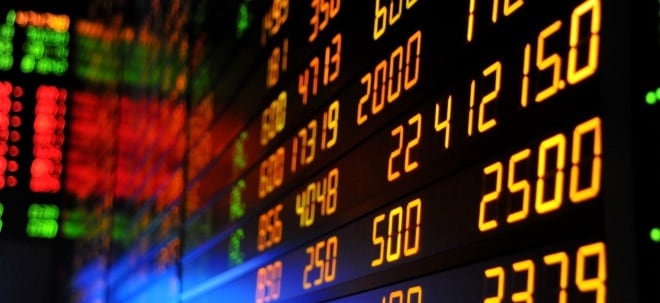2/12/2007 11:25 AM EST
Inflation Data: Some Not-So-Little Lies
By Doug Kass
On Wednesday at his semiannual testimony before Congress, Federal Reserve Board Chairman Ben Bernanke will discuss the state of the economy. More specifically, he will likely comment on whether the economy can sustain itself free of inflationary pressures that are typically associated with the current trajectory of economic growth.
The level of inflation affects the term structure of interest rates. And the general level of interest rates determines, in part, the value of stock prices.
Most readers know that I believe that the government's inflation figures are bunk, and that the current benign inflationary readings (low) have misrepresented the true rate of inflation (higher).
For some time I have expected a period of "blahflation" (blah economic growth and stubbornly high inflation), and nothing I see through my first-hand observations or through serious quantitative exercises is consistent with the government's currently low inflation readings. (See the discussion of the Cleveland Federal Reserve's inflation calculations below.)
Evidence Contradicts the Readings
For example, this week George Washington University became the first major college to charge over $50,000 per year for room, board and tuition in 2007. The cost of home insurance around the country (particularly in coastal areas) has risen exponentially -- and in certain cases this is actually forcing homeowners to sell their homes. Rental prices of apartments are rising at annualized rates over 3%-5% (office rents at nearly twice that rate!), and food prices are soaring (just look at the higher prices of commodities such as wheat, corn, sugar, etc.).
Then there is the owners equivalent rent calculation within the CPI, which has dramatically understated and misrepresented the historical cost of housing. And how about the devastating impact that mortgage-rate resets (from the teaser loans of the last three years) will have on homeowners? It, too, is nowhere to be found in the government's measures of inflation, which, in the main, represent a true work of fiction. Even New York Mets baseball tickets for the 2007 season have been goosed by as much as 20%.
Measuring the general level of prices has become a controversial exercise. Often, nonmonetary events -- such as geopolitical crises, weather and financial accidents (particularly of a hedge fund king) -- interfere with and distort the trend-line rate of inflation. The solution, adopted by monetary and government authorities, has been to look at CPI by taking out two volatile or high-noise components (food and energy).
By contrast, I have encouraged readers to look at the measure of inflation calculated by either the Federal Reserve Bank of Dallas (trimmed mean PCE rate) or the Cleveland Fed (weighted median CPI).
Of the two, it is my belief that the Cleveland Federal Reserve Bank's model (created by economist Dr. Michael Bryan) appears to present the most accurate picture and forecast of the general level of inflation, and it has a higher correlation with past monetary growth than other inflation measures. As such, it is far superior to either the CPI, excluding food and energy, or the all-items CPI.
Bryan's weighted median CPI, like the trimmed mean PCE rate, takes away monthly outlier inputs. Arguably, moves in the commodity markets are growing ever more violent (in either direction), stimulated by the proliferation of large capital pools that manage commodities as well as increased mandates by institutional investors to increase their commodity exposure.
The level of inflation over the last 12 months was +3.7%, according to the Cleveland Fed -- considerably higher than the other inflation gauges that are dished out to investors by the government. (CPI was 2.5%; CPI less food and energy was 2.6%.) Here is the one-month median CPI since 1967.
If Chairman Bernanke and the Federal Reserve increasingly focus on the Cleveland Federal Reserve measures of inflation, look for Bernanke to be more hawkish on Wednesday than is generally expected. And look for the capital markets to feel the pain.
One Stock Rocked
This morning, India's aluminum and copper producer Hindalco Industries announced its plan to acquire Canada's rolled-aluminum products maker Novelis (NVL) for $6 billion. Hindalco will pay $44.93 per share vs. Friday's close of $38.54 per share. I wrote last Monday that I had heard Novelis was a candidate for acquisition.
Street.com
URL: http://www.thestreet.com/newsanalysis/investing/10338309.html
|


 Thread abonnieren
Thread abonnieren


